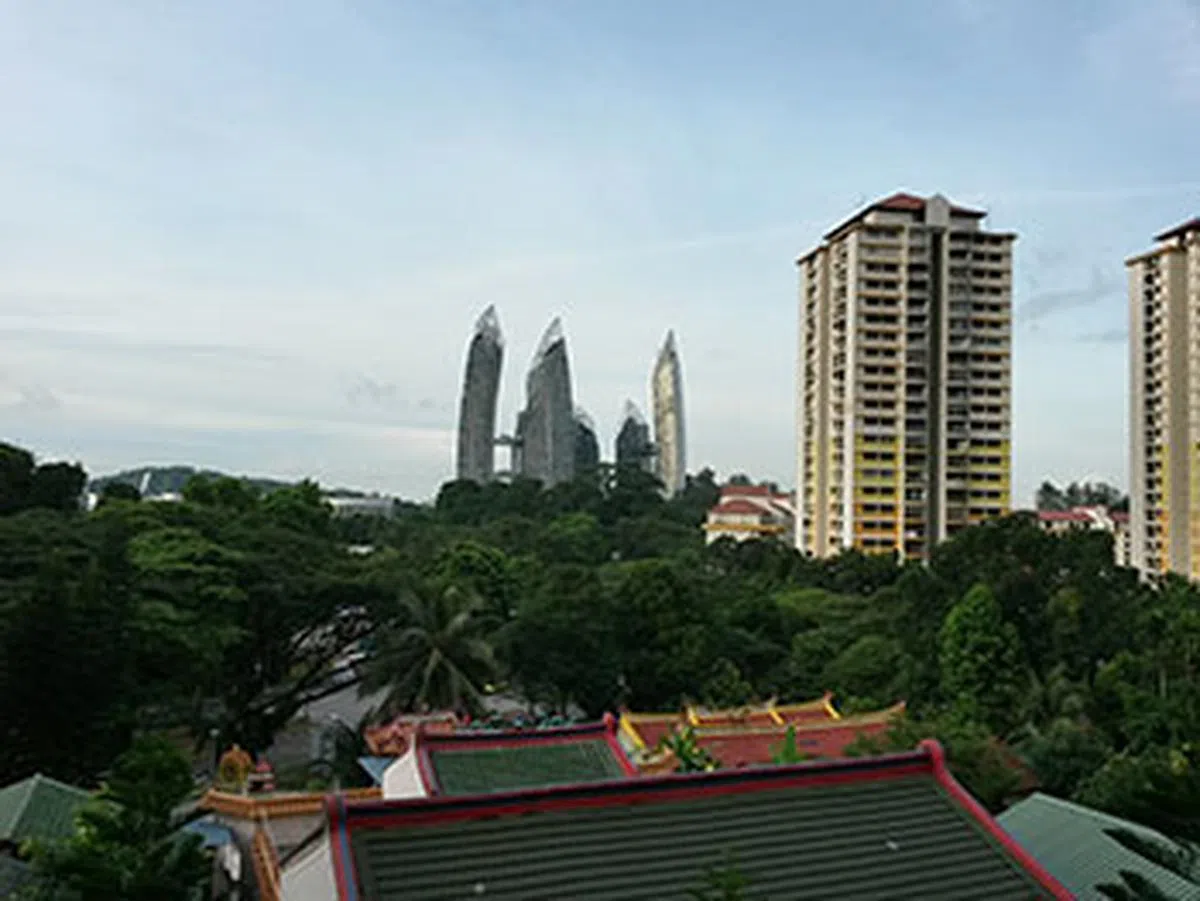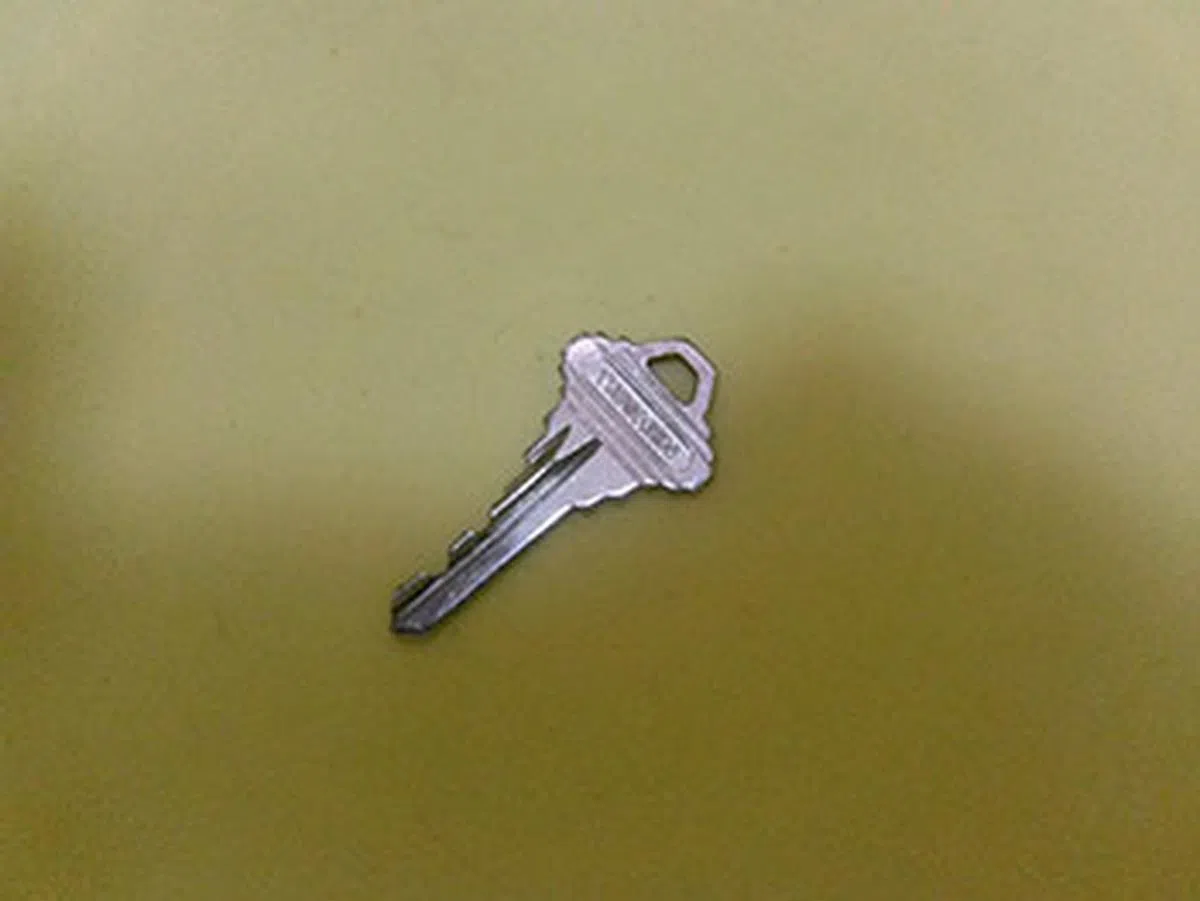Samsung Galaxy S4 Active - Rugged Galaxy
Slightly thicker than the regular Samsung Galaxy S4, the S4 Active is protected against dust and water, and earns itself an IP67 rating. Is it a more capable phone than the equally rugged Sony Xperia Z, and should you opt for it over the regular S4? These and more in our review.
By HardwareZone Team -
For the Active User Who Demands the Best
The Galaxy S4 is Samsung’s best smartphone to date, and clearly, the Korean CE giant knows it. Deemed by many to be milking the brand for all it’s worth, it has since launched three variants of this original S4 (four, if you include the ‘Google Edition’), namely the Galaxy S4 Mini, Galaxy S4 Active, and Galaxy S4 Zoom. What we’ve here today is the Galaxy S4 Active (GT-I9295), which is arguably the closest in both form and function to the original S4. So, what’s changed, besides its new found dust and water-resistant properties? Before we delve deeper, here’s a quick look at its specs, and how it compares against the regular S4 and its nearest rugged competitor, the Sony Xperia Z:
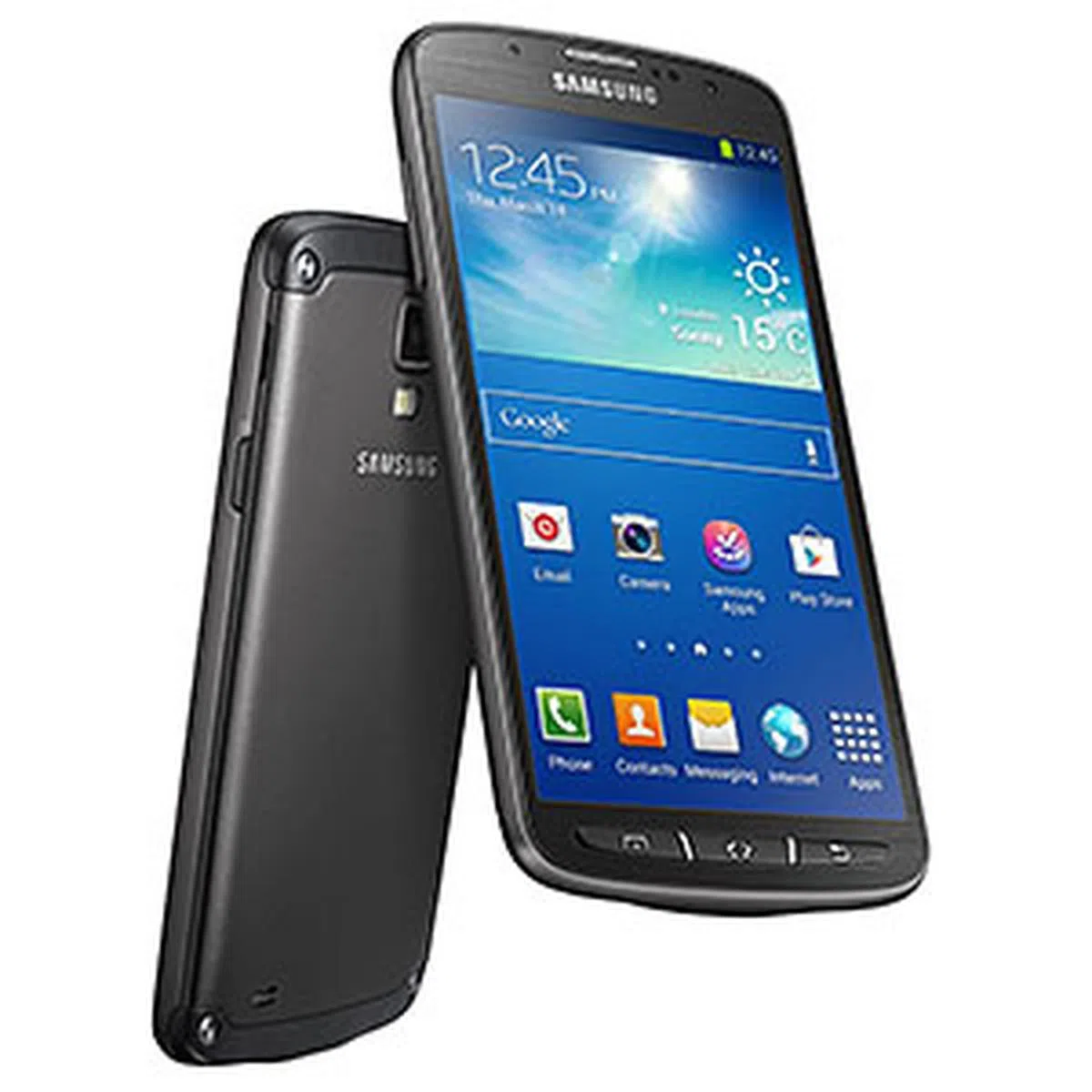 |
|
Design & Hardware
Describing how the S4 Active looks like is simple. For the most part, it looks like the regular S4, sporting the same shape and the same 5-inch screen size (albeit with a slightly thicker bezel that has a brushed instead of dotted pattern). The sensors (less the temperature and humidity sensors), cameras, controls, and ports are also located in roughly the same places. The first major difference comes as we turn our gaze to the lower half of the screen. Instead of a physical, clickable home button flanked by two capacitive menu and back buttons, the S4 Active uses three physical buttons. There are a couple of good reasons for this. One, a normal tactile response gives better feedback than vibrations in more scenarios (underwater, in the pocket, when using gloves, for example); and two, this prevents accidental triggers when the capacitive buttons come into contact with water. For this reviewer, it also solves the problem of the flesh of his palm unintentionally activating the capacitive buttons when he stretches his thumb to reach the corners of the screen. To make feeling for and pressing of the buttons easier, these three buttons as well as the power button on the right and the volume rocker on the left also get a slight bumpy texture treatment.

At first glance, the Samsung Galaxy S4 Active doesn't look any different than the Galaxy S4 proper.
Technically, the S4 Active is slightly taller, wider, thicker, and heavier than the S4. Coupled with its less tapered and rounded corners, it actually feels more substantial in our hand than the S4. Along with its physical and texturized buttons, we will go as far as to say it is easier to handle than its 7.9mm sibling.
IP67 - Dust and Water-resistant
Flipping the phone on its back reveals more differences. While the S4’s detachable rear cover extends all the way from top to bottom, due to the two rubberized and textured sections at the top and bottom of the S4 Active’s back, its battery cover (still plastic, by the way) starts about 1cm from the top and ends about 1cm from the bottom. Thankfully, popping open the cover is still as simple: just put a fingernail under the tiny groove at the left and pull the cover off.
Under the battery cover, we’ve the usual microSD card (accepts up to 64GB), micro-SIM, and battery slots. Like the S4, the S4 Active uses a 2,600mAh battery which doubles up as the NFC antenna. One important thing that’s present here but not on the S4 is the rubber gasket on the other side of the battery cover. When closed, it surrounds the important internals, and prevents water from reaching them.
Also worth noting is that the micro-USB port at the bottom that’s used for data connection and charging now gains a cover to seal out the elements; and while the headphone jack isn’t plugged, we were told that it too is water resistant. The same goes for the two pin-sized microphones at the top and bottom of the phone.

On paper, the Galaxy S4 Active (bottom phone) is bigger and thicker than the S4 (139.7 x 71.3 x 9.1mm vs. 136.6 x 69.8 x 7.9mm). It's 23g heftier too.

The main reason for going with the S4 Active is its IP67 certification. Here, you can see the rubber gasket on the battery cover that helps to keep moisture out. The four silver rivets at the four corners also lend well to the phone's industrial look.

While it's easy to snap back the rear cover, we recommend that you take your time and check that all sides are closed properly. Don't forget to press below the LED flash too.

Remember to properly close the USB cover after charging or data transfer.
For those into the nitty-gritty, the S4 Active is IP67 certified, which means it’s totally protected against dust, and can be submerged in water as deep as 1m for as long as 30 minutes. The Sony Xperia Z on the other hand is rated at IP55 and IP57, which suggests that while it’s as water resistant as the S4 Active, it’s not as dust tight. All that said, neither phone is shockproof.
5-inch Full HD LCD
The S4 Active sports a Gorilla Glass 2-protected, 5-inch full HD touchscreen, but this is a TFT LCD panel rather than a Super AMOLED panel. The downsides are less dramatic colors, lower contrast, and blacks that aren’t as deep. But there are pluses too. In general, we found it to be both more color accurate and brighter (which translates to better legibility under direct sunlight), and exhibit less color shifts when you’re looking at it at an angle. And for those who care, under Settings > My Device > Display > Screen Mode, Samsung has removed the Professional Photo mode.

Adapt Display adjusts the colors and brightness of the screen automatically. On the S4 Active, there are three manual modes: Dynamic, Standard, and Movie. The Professional Photo mode that's present on the S4 is now gone.
Software
Like the regular S4, the Galaxy S4 Active runs Android 4.2.2, along with Samsung’s own TouchWiz user interface. Most of the software features - including a boatload of Samsung-branded ones like Group Play for instant content sharing between Samsung devices; S Translator for instant text or voice translation for emails and text messages; S Health for tracking your personal health statistics; Air View for previewing the content of an email, video clips, and messages by hovering the finger over the screen; and Air Gesture for changing the music track, scrolling up and down on a web page, or accepting a call with a hand gesture - on the regular S4 are present on the S4 Active too - so if you want to know more about them, we highly recommend that you check out the writeup and videos in our S4 review.
Expectedly, we found some features (like Smart Stay which keeps the screen turned on as long as you’re looking at it, the WatchON app and built-in IR blaster for controlling TVs and set-top boxes, and multi-window support) to be more useful than the others, so our recommendation to those who’re new to Samsung’s smartphones is to give all the features their fair share of time before deciding which to disable. (The pull-down notification panel holds more than 20 toggles, and is the perfect place to start.) Some built-in apps can also be disabled so that they won’t show up in the app drawer or run in the background. To do so, go to Settings > More > Application Manager > All, tap on an app and choose Disable.
Of course, some of the gripes we’ve with the S4 remained. For example, we still can’t have multiple lock screen widgets when using a secured lock screen. And a back button that’s on the right hand side defies common sense. But there’s one thing the S4 Active has done better than the S4, and that is out of the box, it has 11GB (out of 16GB) of user available storage. While this still doesn’t seem like a lot, it’s better than the 9GB S4 users are left with. Either case, you can free up internal memory by moving apps to the SD card.
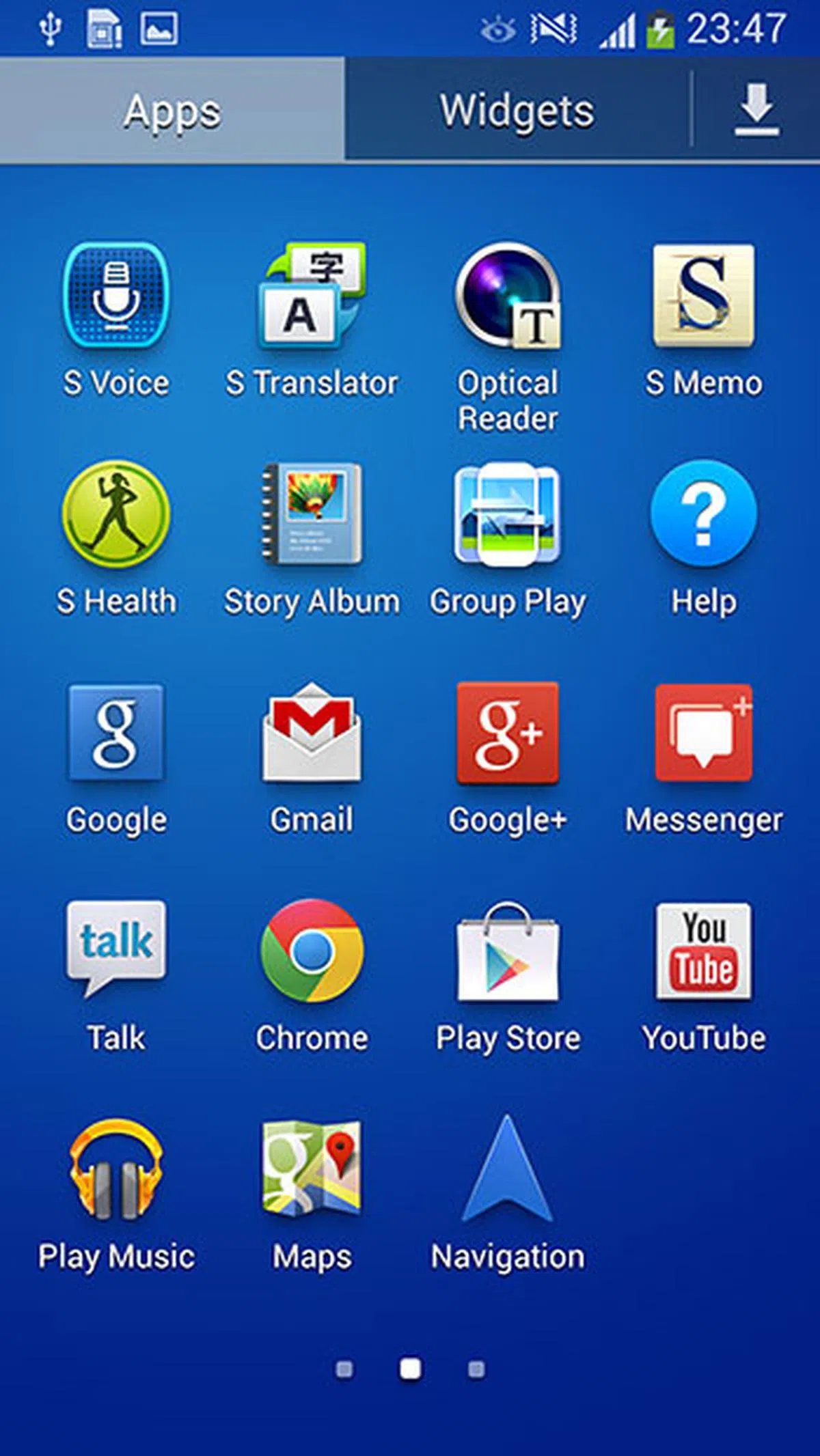 | 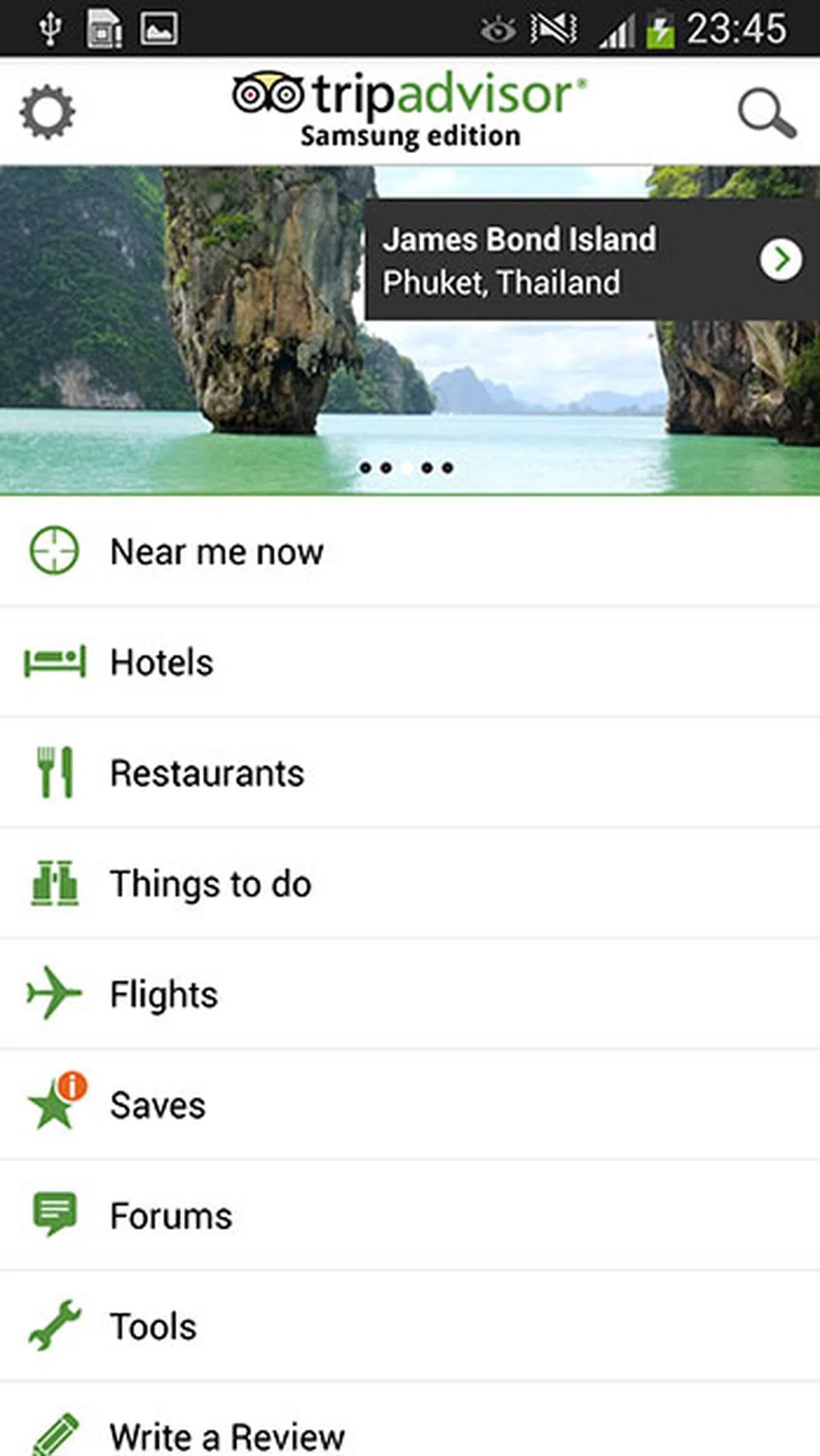 |
 | 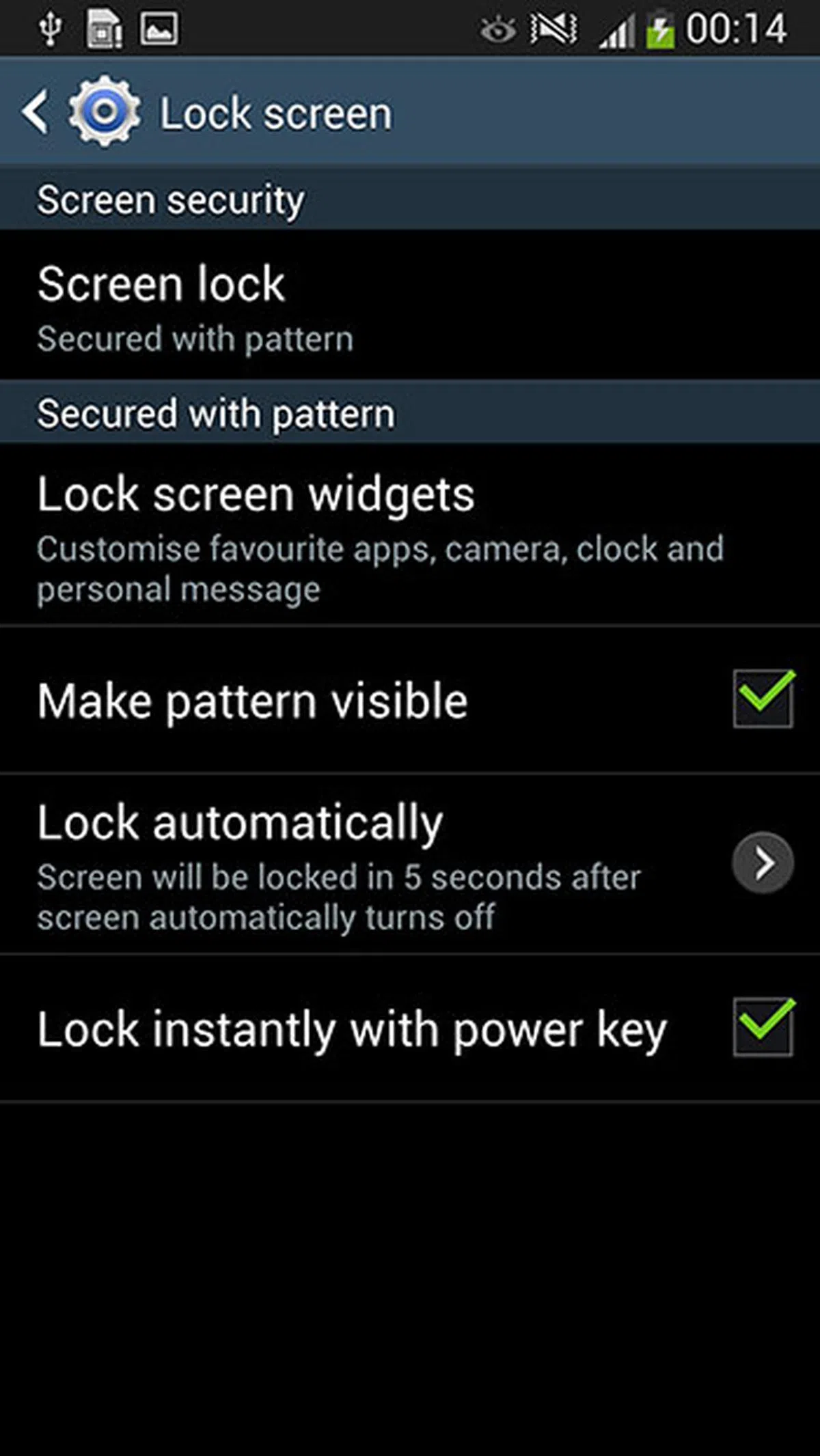 |
8MP Camera
Unlike the S4 that comes equipped with a 13-megapixel rear camera, the S4 Active’s camera sensor tops out at 8 megapixels (both sensors are of 1/3.2-inch type). In addition, both offer an LED flash and a 4x digital zoom, but no optical zoom (cue the S4 Zoom). Features and the Camera app UI-wise, the differences are minor. For one, the S4 Active loses the dual-camera mode that lets you capture images using the front and rear-facing cameras at the same time. Also missing are the Auto Night Detection and Video Stabilization modes. Speaking of video, the S4 Active is capable of 1080p video recording at 30fps, with a bitrate of 17Mbps. The recorded file is in MP4 format. File size-wise, a 10-second clip occupies about 23MB of storage space.
All the 12 still picture shooting modes (including unique ones like Drama which takes multiple exposures and merges them into one, and Sound & Shot which stores a few seconds of background audio with the image) on the S4 however, survived the cut. Samsung has even added a couple of new ones, such as Continuous Shot that allows burst shooting at a rate of 3 frames per second, and an underwater mode called Aqua. With the latter, the touchscreen is disabled, so you can’t use it to fire off the shutter. Instead, you’ve to decide if you want the volume rocker to act as the still picture shutter release button or video record button. By default, the camera uses a 16:9 aspect ratio, resulting in a 6MP picture. The highest 8MP setting is only possible in 4:3.

When underwater, it makes sense to use a physical button to trigger the shutter or start/stop video recording.

The Aqua mode will also remind you to close the USB cover.

Besides Aqua, the other new addition is Continuous Shot mode, which lets you shoot 3 pictures per second.
Image quality is of a mixed bag. Assuming you’re able to hold the camera still underwater and the subject isn't within the minimum focus distance, the resulting photos can look pretty good. Else, be prepared for a lot of out-of-focus shots. We actually had good results with the Auto mode; the only issue is that the water sometimes triggers the digital zoom (remember, the touchscreen is still active). On land, autofocus is pretty much spot on and the 8MP sensor is able to resolve good amounts of detail. Colors look vivid and fairly accurate too. Low-light performance (you can go up to ISO 800) is expectedly about average, with the usual grain and further loss of intricate details. For the most part, we found ourselves alternating between Auto and Rich Tone (HDR) modes, just like we did on the S4.
Performance
Like the regular S4, the S4 Active is powered by a quad-core Qualcomm Snapdragon 600 processor clocked at 1.9GHz, an Adreno 320 GPU, and 2GB of RAM. The only other smartphone we've tested that uses the same combination is the HTC Butterfly S. For benchmark comparison, we also throw in the ASUS PadFone Infinity and the equally active Sony Xperia Z. The former also uses a Qualcomm Snapdragon 600 processor (though clocked at a slower 1.7GHz), while the latter uses a quad-core Qualcomm Snapdragon S4 Pro clocked at 1.5GHz.
Samsung Galaxy S4 Active | |||||
CPU | Qualcomm Snapdragon 600 quad-core 1.9GHz | Qualcomm Snapdragon 600 quad-core 1.9GHz | Qualcomm Snapdragon 600 quad-core 1.9GHz | Qualcomm Snapdragon 600 quad-core 1.7GHz | Qualcomm Snapdragon S4 Pro quad-core 1.5GHz |
GPU | Adreno 320 | Adreno 320 | Adreno 320 | Adreno 320 | Adreno 320 |
RAM | 2GB | 2GB | 2GB | 2GB | 2GB |
OS | Android 4.2.2 | Android 4.2.2 | Android 4.2.2 | Android 4.1.2 | Android 4.2.2 |
Screen | 5-inch, LCD, 1080p | 5-inch, AMOLED, 1080p | 5-inch, LCD, 1080p | 5-inch, LCD, 1080p | 5-inch, LCD, 1080p |
Battery | 2,600mAh | 2,600mAh | 3,200mAh | 2,400mAh | 2,330mAh |
Dimensions | 139.7 x 71.3 x 9.1mm | 136.6 x 69.8 x 7.9mm | 144.5 x 70.5 x 10.6mm | 143.5 x 72.8 x 6.3 - 8.9mm | 139 x 71 x 7.9mm |
Weight | 153g | 130g | 160g | 145g | 146g |


Unsurprisingly, in synthetic benchmarks, the S4 Active hums along nicely with the regular S4 and the HTC Butterfly S. The difference is typically within 3% of one another, so it's highly unlikely that you'll notice it in real-world usage. The Snapdragon S4 Pro used in the Sony Xperia Z is no slouch, but it does begin to show its age. Other benchmarks like Linpack and Geekbench 2 also told the same story.
In a nutshell, the Galaxy S4 Active has some of the most powerful hardware you can find in a smartphone today, which means that it's able to handle all but the most hardcore of browsing, productivity, and gaming tasks without breaking too much sweat. We had no problems with the TouchWiz UI, and lags are now very few and far between, compared to the early days of the regular S4.
Battery Mileage
The same crop of phones above were used for our battery performance comparison. As always, our video playback battery test for mobile phones includes looping a 800 x 480-pixel video with screen brightness and volume cranked up to 100%. Bluetooth is turned on, so too is Wi-Fi. The latter is connected to a network for constant data streaming through email and Twitter.



We were hoping that the S4 Active would give us the same battery performance as the regular S4 since they use the same battery, and have largely similar internals - but it was not to be. For the video playback test, the S4 Active clocked in at 6 hours, way behind the regular S4's over 10 hours. Since both use the same Snapdragon 600 SoC, besides firmware differences, the only other reason that explains it is that the S4 Active's LCD drains more power than the regular S4's Super AMOLED panel. Remember, an AMOLED display produces less light during dark scenes; this in turn lowers power consumption and increases battery life. Also, the LCD on the S4 Active is brighter; this too will have an effect on power draw. The HTC Butterfly S did well in this test, but it did also pack a higher capacity battery. Between the two rugged phones that are the S4 Active and Xperia Z, the former comes out on top.
Coming to our Portability Index, the regular S4 still leads the 5-inch class, packing stellar battery performance in a very slim package.
All that said, video playback is just one way of measuring battery performance. In our experience, the S4 Active has no problem serving as a daily driver. For light to moderate usage, it should be able to last the whole day. We managed to squeeze more than a day's worth of use out the S4 Active, reaching for the charger just before noon on the second day. Admittedly, this was achieved without watching too much videos, but considerable amount of time was spent surfing the Internet (usually during commutes and breaks, and before bedtime), replying work emails, chatting on WhatsApp, and making phone calls. While battery time varies user to user, in general, four hours of screen-on time is very achievable.
Those paying attention will notice that even Samsung rates the S4 Active's battery life shorter than the regular S4. While we didn't notice any significant difference between the two in terms of talk time and standby time (most people who top up the charge regularly wouldn't too), the S4 Active's 3G talk time is rated at 15 hours, two hours shorter than the regular S4, and standby time at 320 hours, 50 hours shorter than the regular S4.
Conclusion: The Best Rugged 5-inch Smartphone?
At the end of the day, it comes to this: Is there any reason to pick the Galaxy S4 Active over the regular S4? Well, if you always find yourself spilling water over your phone or fancy surfing the web in the showers, then yes, this IP67-certified S4 variant is the high-end Android smartphone for you. That said, it’s worth remembering that the S4 Active isn’t built to military spec standards. While it’s able to keep out dust very well, its water-resistant property is only certified for 1m of water, and for only 30 minutes. A drop into the bathtub or swimming pool should be fine, as long as the dive isn’t too deep and prolonged. Also, because of its element-resistant properties, it’s easy to assume that the S4 Active (and the Sony Xperia Z) is shockproof or shatterproof. It's neither. So you still have to be careful not send it crashing to the pavement. If you’re prone to dropping your phone, perhaps buying the regular S4 and adding a case is the better option.

Vs. the Regular S4
In exchange for the dust and water-resistant properties, you get a slimmer and lighter phone in the regular S4. You also get a higher resolution camera, and a more ‘exciting’ Super AMOLED screen. While we like the brightness and color fidelity of the S4 Active’s LCD, the S4’s AMOLED panel is more power efficient. For 5-inch and above smartphones, there’s no such thing as too much battery life. Otherwise, both phones are on par in the features and software departments.
For those who still can't make up their mind because both phones are fairly similar and you don't have any particular criteria, perhaps the best answer is to just give both phones a quick try at the stores. Remember, we did mention that the S4 Active feels better in handling than the oh-so-thin S4.
Vs. the Other 5-inch Smartphones
The Sony Xperia Z is the other contender if you’re looking for a water-resistant smartphone. To be totally honest, we prefer the design of the Xperia Z over the S4 Active. It’s slimmer (actually, it’s as thin as the non-rugged S4) and feels great in the hand (glass vs. plastic back). But there’s no denying that the Snapdragon 600 on the S4 Active is the better SoC, and battery life of the Xperia Z loses out to the S4 Active too. But the Xperia Z does have a good 13MP camera. Sony should also be commended for keeping the Xperia Z as relevant as possible. For example, when it first shipped in February, it was loaded with Android 4.1.2. A recent OTA update has it now running the latest Android 4.2.2.
Casting the net out wider, there’s the HTC Butterfly S, which offers very similar performance as the two Galaxy S4 phones. In the right hands, its 4-megapixel UltraPixel camera is capable of some stunning pictures. However, it too has a plasticky construction. For a more premium feel, check out the ASUS PadFone Infinity, who has an anodized aluminum body. In terms of performance, it runs circles around the Xperia Z, and is able to hold its own against the S4. But the most unique feature of the PadFone Infinity is its ability to dock into a stand and transform into a 10.1-inch tablet.
Pricing & Availability
The Samsung Galaxy S4 Active is now out in the market, and is going for S$898 without contract. Only the Urban Gray model is available now; the Orange Flare model will arrive in end July.

*Update (July 17, 2013): Clarified that the Sony Xperia Z now runs Android 4.2.2.
Our articles may contain affiliate links. If you buy through these links, we may earn a small commission.

